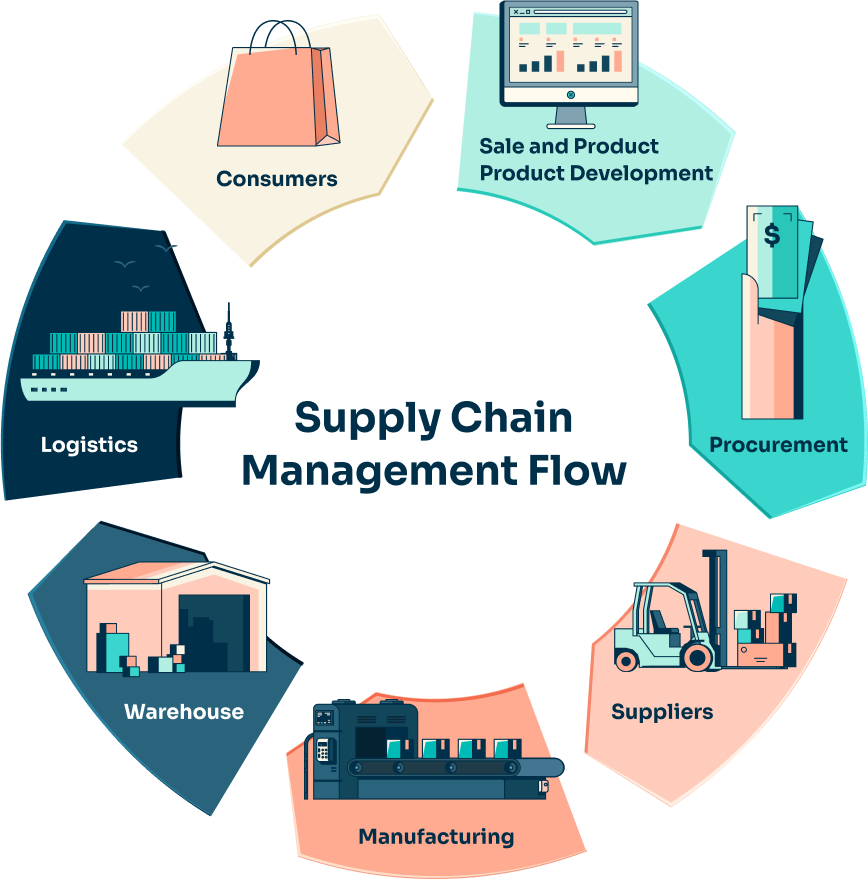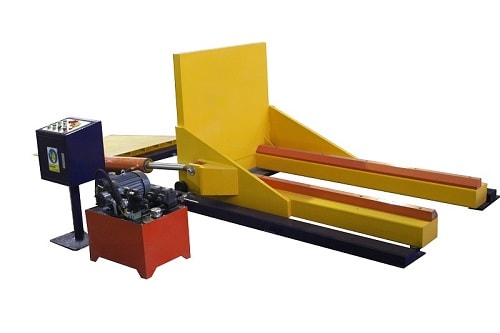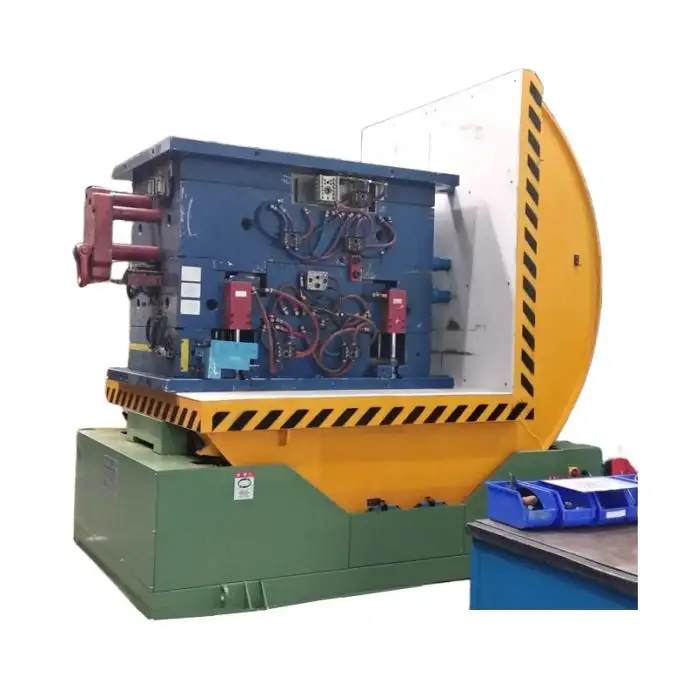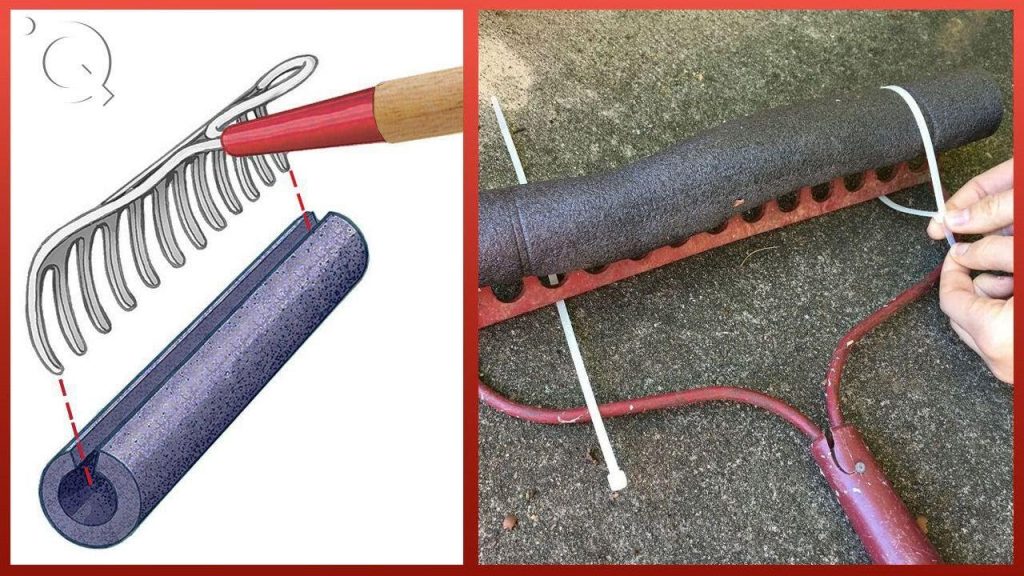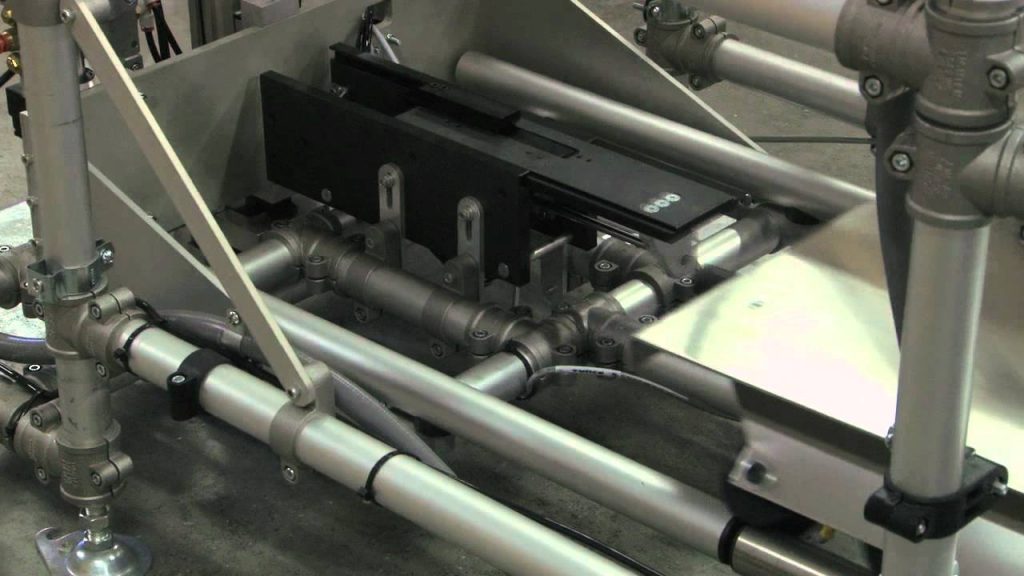How Blockchain is Revolutionizing Mold Upender Supply Chains
Blockchain technology is transforming supply chains, offering unparalleled transparency and efficiency for industries like mold upender manufacturing. By providing secure, traceable records of every step from raw materials to delivery, blockchain minimizes fraud, reduces delays, and fosters trust among all stakeholders, fundamentally reshaping mold upender supply chain management.
The global supply chain, the intricate network that brings products from concept to consumer, has long been plagued by inefficiencies, opacity, and vulnerabilities. For industries like mold upender manufacturing, where heavy machinery and complex component sourcing are the norm, these challenges are amplified. Traditional supply chain systems, often reliant on fragmented, paper-based processes and siloed data, struggle to provide the real-time visibility and seamless coordination necessary in today's fast-paced, interconnected world. This lack of transparency breeds mistrust, increases the risk of counterfeiting and delays, and ultimately drives up costs, hindering the overall efficiency and competitiveness of mold upender manufacturers.
However, a transformative technology is emerging to address these deep-seated issues: blockchain. Originally conceived as the backbone of cryptocurrencies like Bitcoin, blockchain's inherent characteristics – decentralization, immutability, and transparency – are proving to be a game-changer for supply chain management across various sectors, including the specialized world of mold upenders. This article will delve into how blockchain is revolutionizing mold upender supply chains, exploring its key benefits, practical applications, and the path forward for industry adoption.
The Pain Points of Traditional Mold Upender Supply Chains
Before exploring blockchain's revolutionary impact, it’s crucial to understand the specific challenges plaguing traditional mold upender supply chains. These challenges often stem from the inherent complexities of manufacturing and distributing heavy industrial equipment:
- Lack of Transparency: Traditional supply chains often operate in silos, with limited information sharing between different stakeholders. This opacity makes it difficult to track the origin and movement of components, verify material authenticity, and ensure ethical sourcing. For mold upenders, composed of numerous parts from various suppliers, this lack of visibility can be a major bottleneck.
- Inefficiency and Delays: Paper-based processes, manual data entry, and disparate systems contribute to significant inefficiencies and delays. Tracking shipments, processing payments, and managing documentation can be cumbersome and time-consuming, leading to project delays and increased operational costs for mold upender manufacturers and their clients.
- Counterfeiting and Quality Concerns: The lack of robust tracking mechanisms in traditional supply chains increases the risk of counterfeit components entering the system. This is particularly concerning for mold upenders where component integrity and quality are paramount for safety and performance. Substandard parts can lead to equipment failure, costly repairs, and even safety hazards.
- Trust Deficit: Without a shared, verifiable record of transactions and product history, trust among supply chain partners can be eroded. Disputes over delivery dates, payment terms, and component quality can arise, creating friction and hindering collaboration in the mold upender industry ecosystem.
- Complex Contract Management: Managing contracts across multiple suppliers, manufacturers, and distributors in a mold upender supply chain can be a logistical nightmare. Traditional contract management often involves manual processes, increasing the potential for errors and disputes.
Blockchain: A Paradigm Shift for Mold Upender Supply Chains
Blockchain technology offers a compelling solution to these challenges, fundamentally transforming how mold upender supply chains operate. At its core, blockchain is a distributed, immutable ledger that records transactions in a secure and transparent manner. Here’s how it addresses the core issues:
Enhanced Transparency and Traceability:
Blockchain provides an unprecedented level of transparency by creating a permanent, auditable record of every transaction and movement within the mold upender supply chain. Every stakeholder can trace the origin of materials, track the manufacturing process, and verify the authenticity of components. This end-to-end visibility extends from raw material suppliers to component manufacturers, assembly plants, distributors, and ultimately, the end-user.
Impact on Mold Upender Supply Chains:
- Authenticity Verification: Easily verify the origin and authenticity of critical components used in mold upenders, combating counterfeiting and ensuring quality.
- Ethical Sourcing: Track the source of raw materials to ensure ethical and sustainable practices are followed throughout the mold upender manufacturing process.
- Improved Accountability: Increased transparency fosters accountability among all participants, reducing the risk of discrepancies and disputes.
Improved Efficiency and Automation: Smart Contracts in Action
Blockchain, combined with smart contracts, automates numerous processes within the mold upender supply chain, significantly improving efficiency and reducing administrative burdens. Smart contracts are self-executing contracts where the terms of the agreement are directly written into code. They automatically execute when predefined conditions are met, eliminating the need for manual intervention.
Applications in Mold Upender Supply Chains: - Automated Payments: Smart contracts can automatically release payments upon verification of delivery or completion of specific milestones in the mold upender manufacturing process, reducing payment delays and streamlining financial operations.
- Streamlined Logistics: Automate documentation, shipment tracking, and delivery confirmations, reducing paperwork and accelerating the movement of mold upender components and finished products.
- Real-time Inventory Management: Track inventory levels across the entire supply chain in real-time, optimizing stock levels and minimizing delays in mold upender production.
Enhanced Security and Risk Mitigation:
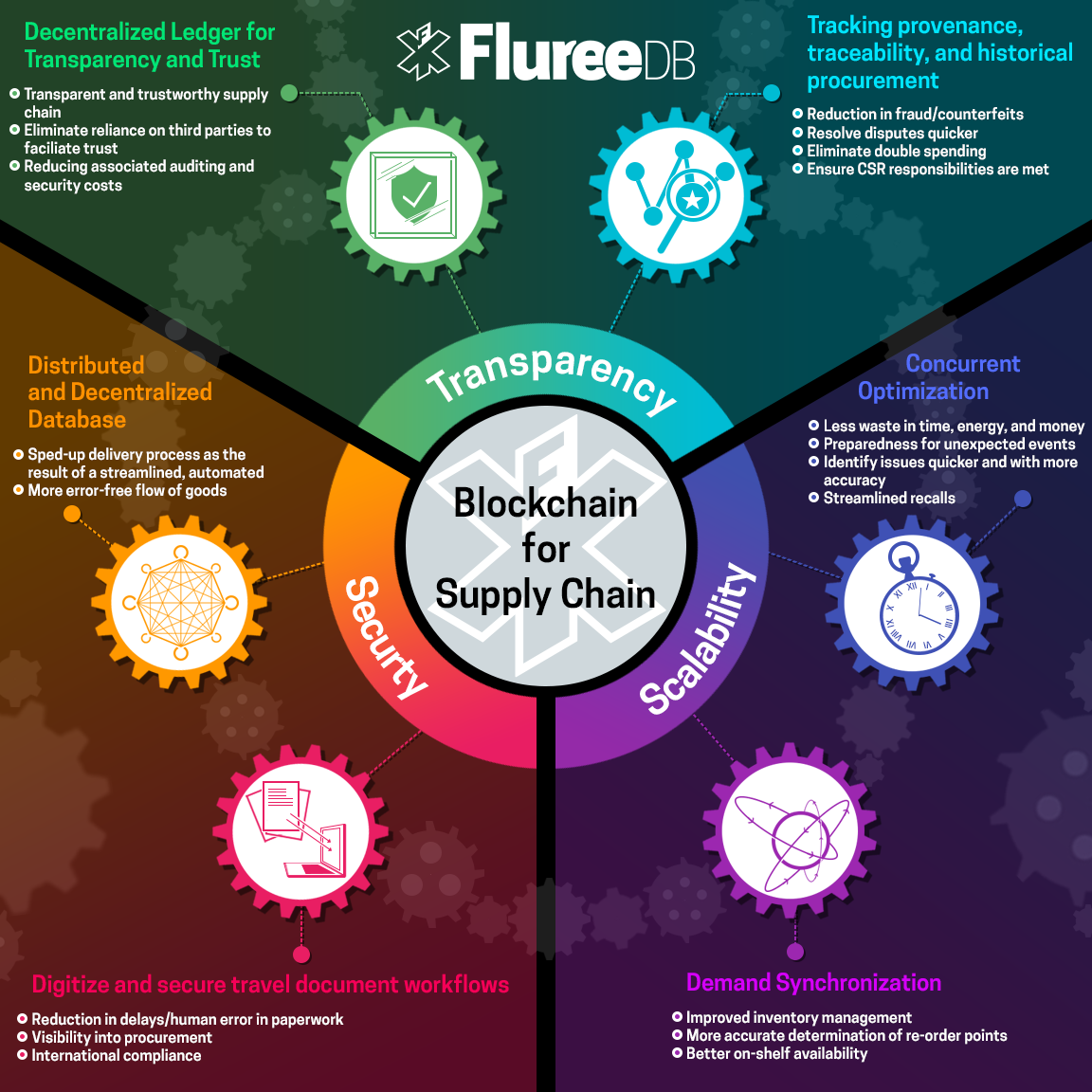
The decentralized and cryptographic nature of blockchain ensures data security and tamper-proof records. Once data is recorded on the blockchain, it cannot be altered or deleted, providing a secure and reliable platform for managing sensitive supply chain information.
Benefits for Mold Upender Supply Chains:
- Data Integrity: Secure and immutable records of all transactions related to mold upender components and products, preventing fraud and manipulation.
- Reduced Risk of Counterfeiting: Enhanced traceability and authenticity verification capabilities significantly reduce the risk of counterfeit parts entering the mold upender supply chain.
- Dispute Resolution: Immutable transaction records provide a clear and auditable trail for resolving disputes and ensuring fair contract enforcement within the mold upender industry.
Cost Reduction: Streamlining Operations and Minimizing Waste
By improving efficiency, reducing errors, and mitigating risks, blockchain ultimately contributes to significant cost reductions across the mold upender supply chain.
Areas of Cost Savings: - Reduced Administrative Costs: Automation of processes like documentation and payments minimizes manual labor and administrative overhead in mold upender supply chain operations.
- Minimized Delays and Errors: Faster transaction processing, reduced errors, and improved coordination minimize costly delays and rework in mold upender manufacturing and logistics.
- Optimized Inventory Management: Real-time inventory visibility and efficient management reduce carrying costs and prevent stockouts, contributing to overall cost savings for mold upender businesses.
Practical Applications of Blockchain in Mold Upender Manufacturing and Supply Chains
The theoretical benefits of blockchain are compelling, but it's the practical applications that truly demonstrate its revolutionary potential. Here are some specific use cases relevant to mold upender supply chains:
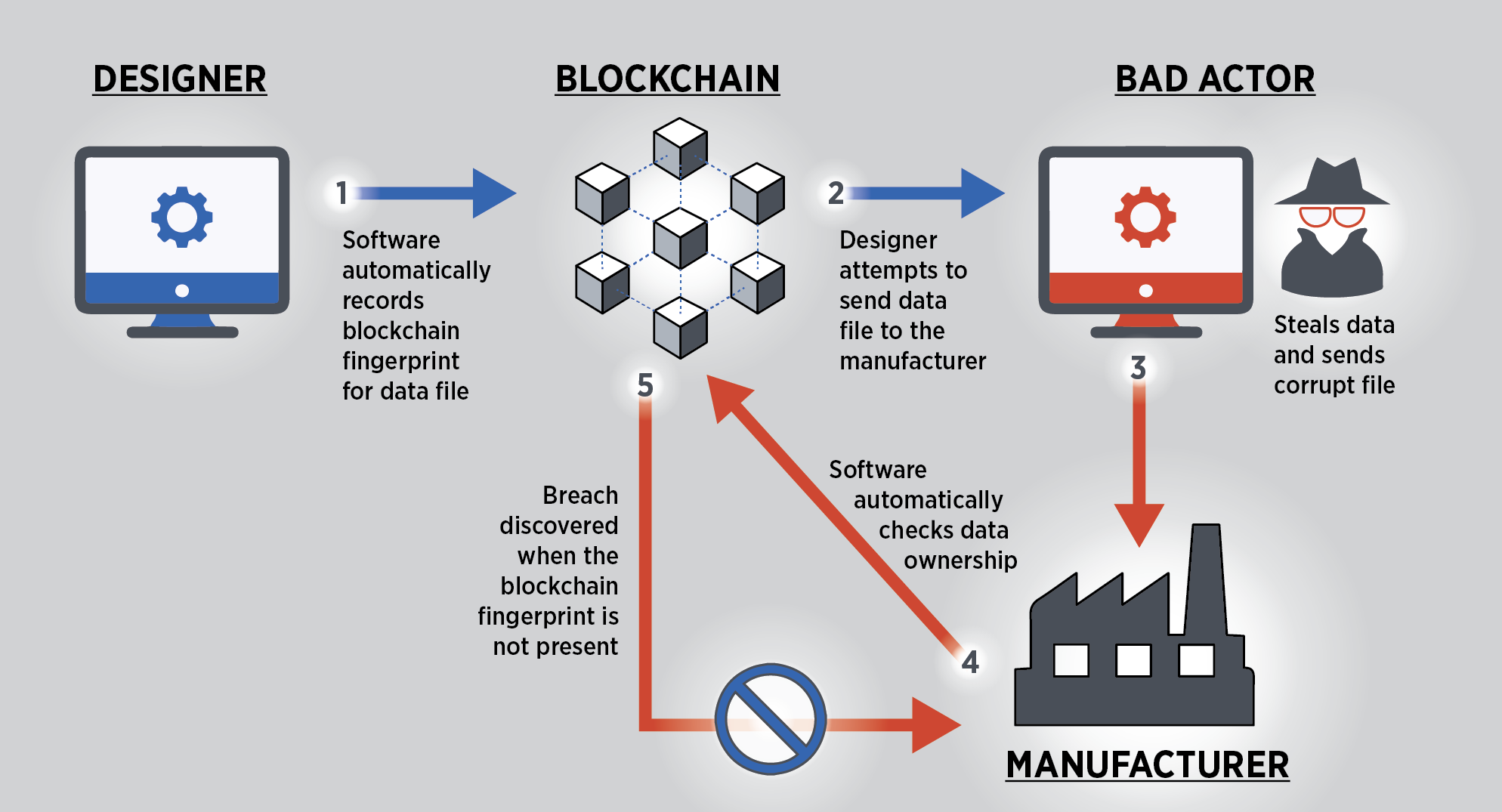
| Table: Blockchain Applications in Mold Upender Supply Chain | Application | Description | Benefits |
|---|---|---|---|
| Component Traceability | Track individual mold upender components from manufacturing to assembly, recording origin, specifications, and quality control data. | Ensures authenticity, reduces counterfeiting, improves component quality control, and facilitates faster recalls if needed. | |
| Smart Contracts for Procurement | Automate purchase orders, contract execution, and payments based on predefined conditions and milestones in mold upender component delivery. | Streamlines procurement processes, reduces administrative overhead, ensures timely payments, and minimizes disputes between mold upender manufacturers and suppliers. | |
| Logistics and Shipment Tracking | Track the location and condition of mold upenders and their components in real-time during transit, providing accurate delivery estimates. | Improves logistics efficiency, reduces delays, enhances transparency for customers, and enables proactive management of potential shipment issues. | |
| Quality Assurance & Compliance | Record quality control checks, certifications, and compliance documentation on the blockchain, creating an immutable audit trail. | Enhances quality assurance, simplifies regulatory compliance, builds trust in product quality, and provides verifiable proof of adherence to industry standards. | |
| Warranty Management | Link warranty information to mold upender products on the blockchain, simplifying claims processing and preventing fraudulent claims. | Streamlines warranty claims, reduces fraud, improves customer service, and provides a verifiable record of warranty terms. |
Embracing the Blockchain Revolution: A Path Forward for Mold Upender Industry
While the potential of blockchain in transforming mold upender supply chains is undeniable, successful implementation requires a strategic and phased approach.
Key Steps for Adoption:
- Identify Key Use Cases: Mold upender manufacturers should identify specific pain points in their supply chains where blockchain can deliver the most significant impact. Starting with targeted pilot projects focused on areas like component traceability or smart contract-based procurement can provide valuable insights and demonstrate ROI.
- Build Collaborative Ecosystems: Blockchain's benefits are maximized through network effects. Mold upender manufacturers should collaborate with key suppliers, distributors, and even competitors to build blockchain-based ecosystems that span the entire value chain.
- Choose the Right Platform and Technology: Selecting the appropriate blockchain platform and technology is crucial. Consider factors like scalability, security, permissioning (public vs. private blockchain), and integration capabilities with existing systems.
- Address Data Privacy and Security: Implement robust data privacy measures and security protocols to ensure sensitive supply chain information is protected within the blockchain network.
- Focus on Interoperability: Ensure that the chosen blockchain solutions are interoperable with other supply chain systems and platforms to avoid creating new data silos.
- Invest in Education and Training: Proper implementation requires skilled personnel. Mold upender companies need to invest in training their teams to understand and utilize blockchain technology effectively within their supply chain operations.
Building Radar: Enhancing Visibility in Mold Upender Projects
While blockchain revolutionizes the underlying infrastructure of mold upender supply chains, tools like Building Radar can further enhance project visibility and sales opportunities. Building Radar leverages AI to identify new construction projects at early stages, providing valuable leads for mold upender manufacturers and suppliers. This early project identification, combined with blockchain-enabled supply chain transparency, creates a powerful synergy.
Integrating Building Radar with Blockchain:- Early Project Identification: Building Radar identifies new construction projects requiring mold upenders, providing sales teams with a competitive edge.
- Blockchain for Procurement Transparency: Once a project is identified, blockchain can be used to ensure transparent and efficient procurement of mold upender equipment and components.
- Streamlined Sales and Supply Chain Alignment: Building Radar and blockchain together streamline the sales process and align it with a more transparent and efficient mold upender supply chain.
Conclusion: A Future of Transparency, Efficiency, and Trust
By leveraging blockchain technology, mold upender supply chains can achieve unprecedented levels of transparency, efficiency, and security. This transformative technology can streamline operations, reduce costs, mitigate risks, and foster greater trust among all stakeholders. As the construction and heavy machinery industries embrace digital transformation, blockchain is poised to become a cornerstone of future mold upender supply chain management, driving innovation and competitiveness.
The journey towards complete blockchain adoption in mold upender supply chains is still underway. However, the potential benefits are too significant to ignore. By taking a proactive and collaborative approach, the mold upender industry can harness the power of blockchain to build more resilient, efficient, and transparent supply chains for the future, ultimately benefiting manufacturers, suppliers, and end-users alike. As technology evolves, continuous exploration and adaptation will be key to unlocking the full potential of blockchain and maintaining a competitive edge in the global mold upender market.
